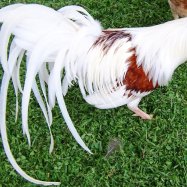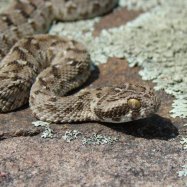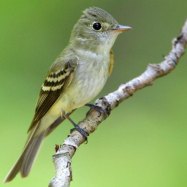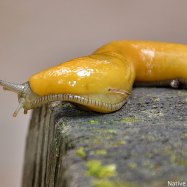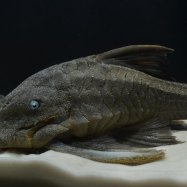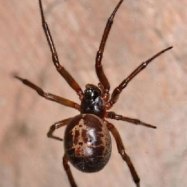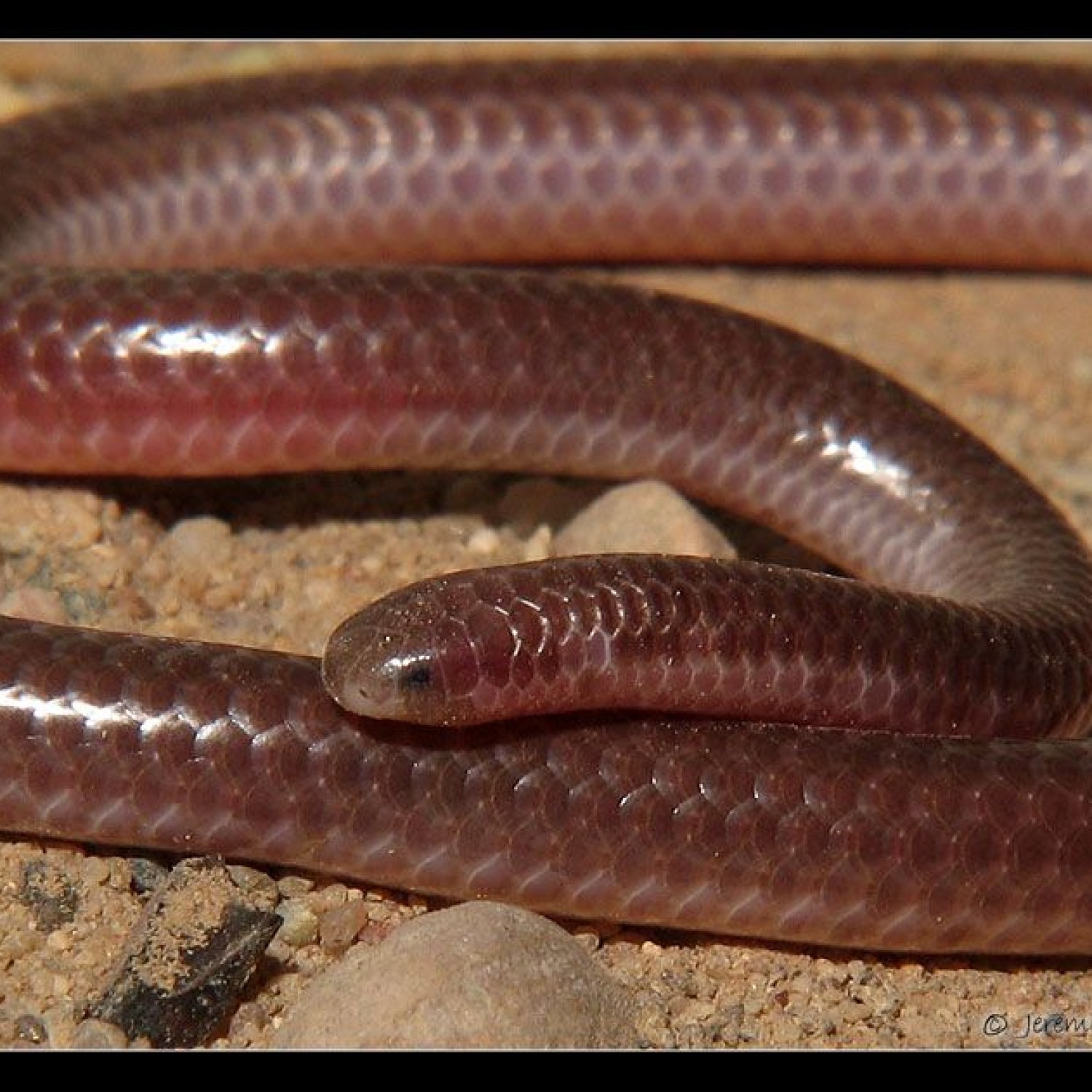
Blind Snake
Up to 40 centimeters
The blind snake, part of the Typhlopidae family, is a small and often overlooked animal found in tropical and subtropical regions. With a cylindrical and slender body, they can grow up to 40 centimeters in length. Despite their name, they are not actually blind and are important for controlling pests.
Animal Details Summary:
Common Name: Blind Snake
Kingdom: Animalia
Habitat: Terrestrial
The Fascinating World of the Blind Snake
You may have never heard of them, but blind snakes are a truly unique and fascinating species. These small reptiles, also known as thread snakes, are part of the family Typhlopidae, which is derived from the Greek word "typhlos" meaning blind and "ophis" meaning snake. Though small in size, they have some amazing features that set them apart from other reptiles.Believe it or not, blind snakes are found all across the world, in various countries and climates Blind Snake. Let's take a closer look at this incredible species and discover what makes them so special.
Their Taxonomic Classification
As with all living organisms, blind snakes have a specific taxonomic classification. They belong to the Kingdom Animalia, which includes all animals, and the Phylum Chordata, which encompasses animals with a notochord in their early development. From there, they are classified under the Class Reptilia, which includes all reptiles, and the Order Squamata, which includes lizards, snakes, and worm lizards. Finally, they are classified under the Family Typhlopidae, making them members of the same family as worm snakes.Habitat and Distribution
Blind snakes have a wide geographical distribution, being found in various parts of the world. They can be found in tropical and subtropical regions of Asia, Africa, Australia, and the Americas. Due to their terrestrial habitat, they are commonly found underneath rocks, logs, and leaf litter. They prefer areas with loose and moist soil, such as forests, grasslands, and gardens Border Collie.Interestingly, blind snakes are also known to thrive in urban areas. They have been found in cities, parks, and gardens, usually in search of food. Their adaptability and resilience allow them to survive in different habitats, making them a truly unique species.
Feeding Methods
One of the most intriguing aspects of the blind snake's diet is that they are strictly insectivores. They feed on a variety of insects, including termites, ants, and other small invertebrates like earthworms. They have a specialized jaw structure that allows them to eat their prey whole, without having to chew. As their name suggests, blind snakes are blind, making it challenging to find their prey. However, they use their keen sense of smell and touch to locate their food. Blind snakes have small, sharp teeth that help them capture their insect prey and hold onto them while they swallow.Physical Features
Blind snakes have a distinct cylindrical and slender body shape that allows them to burrow through loose soil easily. Their body can reach lengths of up to 40 centimeters, with some species growing even longer. The skin of blind snakes is smooth and shiny, usually brown or black in color. Despite not having any limbs, they have a short and blunt tail, and their eyes are barely visible, often covered by scales. They have a pointed head that resembles a worm, complete with small nostrils used for smelling their prey.A Global Species with Rich Biodiversity
With its widespread distribution, blind snakes have adapted to various climates and environments. As a result, they have a rich biodiversity, with over 300 species belonging to the family Typhlopidae. Most of these species have similar physical features, but some have unique characteristics that set them apart. For instance, the Brahminy blind snake has no eyes or teeth, while the island blind snake has a rudimentary eye structure.The Battle of the Sexes
Unlike many animal species, blind snakes do not have a defined period when they mate. This is because they are a parthenogenetic species, which means they can reproduce asexually, without a male. Essentially, this means that female blind snakes can produce offspring without a male's contribution. However, some species may reproduce sexually under certain conditions, such as when there is a sudden change in environmental conditions.The Ultimate Survivors
Blind snakes are remarkable survivors, with the ability to withstand harsh conditions and adapt to changing environments. Due to their small size, they also have fewer predators, making it easier for them to thrive. Their burrowing skills allow them to hide from potential threats and regulate their body temperature, making them resilient to extreme weather conditions. Additionally, they can excrete salt through their skin, allowing them to live in areas with high concentrations of salt, such as deserts.The Blind Snake in Different Cultures
There are several myths and beliefs surrounding blind snakes in different cultures. In some parts of Asia, blind snakes are believed to bring good luck and prosperity. They are also associated with fertility and are often included in traditional fertility ceremonies. Unfortunately, blind snakes are also feared in some cultures, and their presence is considered a bad omen.The Role of Blind Snakes in Nature
Blind snakes play a crucial role in maintaining the balance of the ecosystem. They are natural predators and help control insect populations, preventing them from becoming pests. They also aid in soil aeration, essential for plant growth, and help in the decomposition of organic matter, contributing to the nutrient cycle. In some areas, blind snakes are also used as a source of food for humans, though it is not a common practice.The Threat to Blind Snakes
Despite their remarkable resilience, blind snakes face numerous threats, primarily caused by human activities. Habitat destruction and pollution have significantly reduced their natural habitat, making it challenging for them to survive. Illegal collection and trade also pose a threat, with some species being highly sought after in the exotic pet industry. As with many animal species, climate change also poses a risk to blind snakes, as it alters their natural habitat and weather patterns.In Conclusion
Blind snakes may not be as well-known as other reptiles, but they are undoubtedly a fascinating species. From their unique physical features and feeding methods to their widespread distribution and role in nature, there is so much to learn and appreciate about these small creatures. As we continue to understand and protect these elusive reptiles, we can ensure that they continue to thrive and contribute to the biodiversity of our planet.

Blind Snake
Animal Details Blind Snake - Scientific Name: Ramphotyphlops
- Category: Animals B
- Scientific Name: Ramphotyphlops
- Common Name: Blind Snake
- Kingdom: Animalia
- Phylum: Chordata
- Class: Reptilia
- Order: Squamata
- Family: Typhlopidae
- Habitat: Terrestrial
- Feeding Method: Insectivore
- Geographical Distribution: Worldwide
- Country of Origin: Various
- Location: Tropical and subtropical regions
- Animal Coloration: Usually brown or black
- Body Shape: Cylindrical and slender
- Length: Up to 40 centimeters
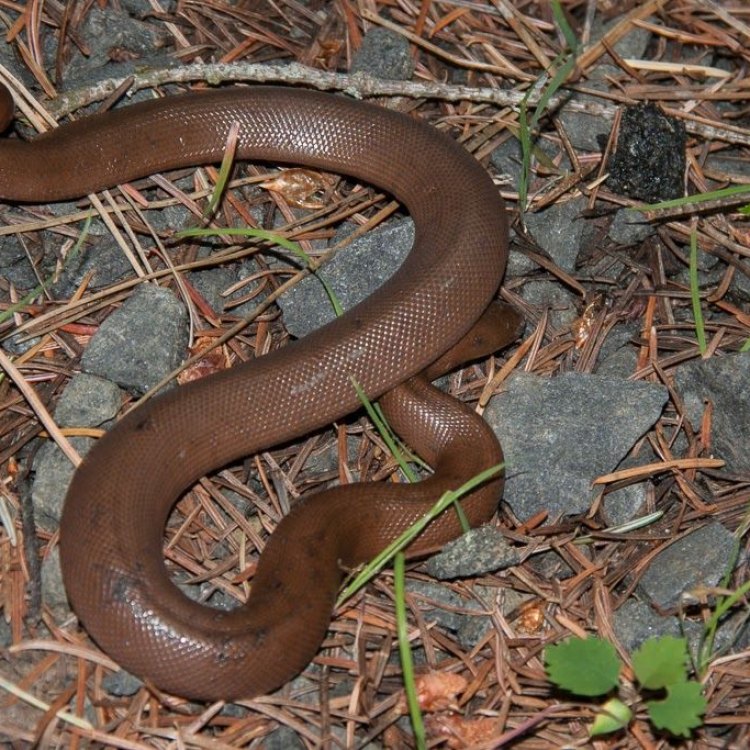
Blind Snake
- Adult Size: Small to medium-sized
- Average Lifespan: Unknown
- Reproduction: Eggs
- Reproductive Behavior: Unknown
- Sound or Call: None
- Migration Pattern: Non-migratory
- Social Groups: Solitary
- Behavior: Burrowers
- Threats: Habitat loss, predation
- Conservation Status: Varies by species
- Impact on Ecosystem: Controls insect populations
- Human Use: None
- Distinctive Features: Small eyes covered by scales
- Interesting Facts: - Blind snakes are actually not blind, they have reduced eyes covered by scales - They are burrowers and spend most of their time underground - They are harmless to humans and feed mainly on ants and termites
- Predator: Birds, mammals, other reptiles
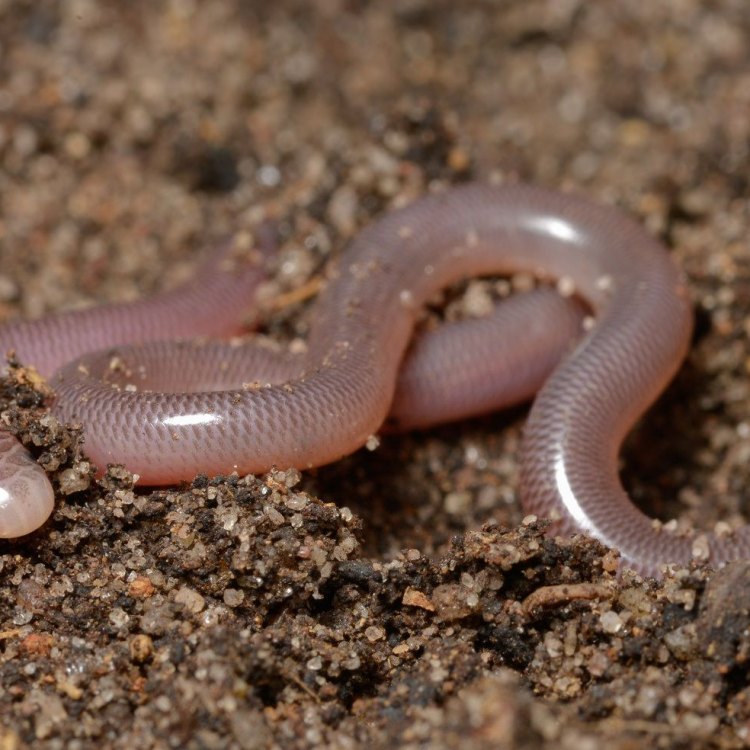
Ramphotyphlops
The Mysterious World of Blind Snakes: Unique Features and Role in Ecosystem
Hidden under the vast, sprawling landscapes of our planet, lies a world that we often overlook – the underground. And within this hidden world, lives a creature that is often misunderstood and feared – the blind snake. With its elusive nature and unique features, the blind snake has a plethora of secrets waiting to be discovered. In this article, we will delve deep into the world of these mysterious creatures, uncovering their distinctive features, behavior, and impact on the ecosystem PeaceOfAnimals.Com.Blind snakes, also known as thread snakes, are small to medium-sized reptiles that belong to the family Typhlopidae. They are found in various parts of the world, including Africa, Asia, Australia, and the Americas. Despite their name, blind snakes actually have eyes. However, their eyes are covered by scales, giving them a nearly blind appearance. This is one of the most distinctive features of these intriguing creatures.
The adult size of blind snakes ranges from 6 to 30 inches, depending on the species. They have smooth, cylindrical bodies, and their scales are arranged in a way that makes them look like tiny worms. This gives them the ability to burrow easily and move through small crevices in the ground. Their coloration also varies, with some species being brown, black, or even pink, making them blend in perfectly with their underground habitats Bronze Winged Jacana.
Unlike some other species of snakes, the average lifespan of blind snakes is currently unknown. Due to their secretive lifestyle and elusive nature, it is challenging to estimate their lifespan accurately. However, scientists believe that they can live up to 10 years in captivity. In the wild, their lifespan may vary depending on factors such as habitat and predators.
Reproduction in blind snakes is also a bit of a mystery. It is known that they lay eggs, but the details of their reproductive behavior are not well understood. It is believed that they lay a single egg at a time, and the young hatch after a period of time ranging from a few weeks to several months.
Blind snakes are non-migratory creatures, meaning they do not undertake long-distance movements. They are solitary creatures and usually prefer to live alone. Due to their reclusive nature and mostly underground lifestyle, it is rare to spot blind snakes in the wild.
As mentioned earlier, the most distinctive feature of blind snakes is their small, almost non-existent eyes, covered by scales. While this may seem like a hindrance to their survival, it has significant advantages. The reduced eyes and tightly packed scales on their head protect them from abrasion and injury when burrowing through the ground. It also helps to prevent debris from entering their eyes while digging.
But perhaps one of the most intriguing facts about these elusive creatures is that they are actually not blind, despite their name. Blind snakes have light-sensitive cells in their eyes, which helps them to detect light and dark. This enables them to distinguish between day and night and helps them to navigate in their underground homes.
Blind snakes are known to be voracious feeders, consuming large amounts of food in one sitting. However, their diet mainly consists of ants and termites, which they find by using their keen sense of smell and touch. They are primarily nocturnal, and their diet helps them to control insect populations, making them a vital part of the ecosystem.
Due to their burrowing behavior, blind snakes have a significant impact on the soil. As they dig through the ground, they help to aerate the soil and improve drainage. This has a positive effect on the soil quality, making it easier for plants to grow. They also contribute to the decomposition of organic material, playing an essential role in the nutrient cycle of the ecosystem.
Blind snakes are generally harmless to humans since their small size and non-venomous nature make them incapable of causing any harm. However, they do have predators in the wild, including birds, mammals, and other reptiles. Due to their elusive nature and burrowing behavior, blind snakes have developed a unique defense mechanism – they can break their own tail and use it to distract predators, giving them a chance to escape.
Unfortunately, like many other species, blind snakes face threats to their survival. Habitat loss due to human activities, such as deforestation and urbanization, is a significant threat to their populations. This not only affects the blind snakes but also disrupts the balance of the underground ecosystem. They are also at risk of predation by domestic animals, such as cats and dogs.
The conservation status of blind snakes varies by species. Some species are listed as "Least Concern," while others, like the Brahminy Blind Snake, are listed as "Data Deficient." Due to the limited information available on their populations and behaviors, further research is needed to understand and protect these fascinating creatures fully.
Despite their mysterious nature, blind snakes have a vital role in the ecosystem. They play an essential role in controlling insect populations and contribute to the health of the soil. However, their reclusive lifestyle and small size make them easy to overlook and often misunderstood. It is essential to educate ourselves about these often-ignored creatures and take action to protect them and their habitat.
In conclusion, blind snakes may be considered "blind," but they are far from helpless. Their unique features and behavior make them a fascinating species, worthy of our attention and protection. The next time you spot a tiny, worm-like creature burrowing through the ground, remember that it could be a blind snake, contributing to the delicate balance of our underground world.
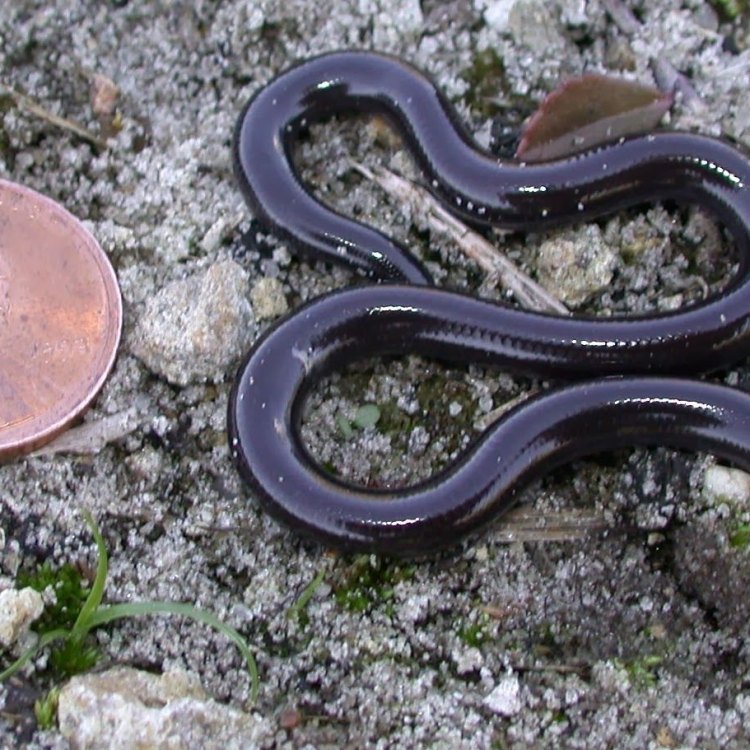
The Fascinating World of the Blind Snake
Disclaimer: The content provided is for informational purposes only. We cannot guarantee the accuracy of the information on this page 100%. All information provided here may change without prior notice.



